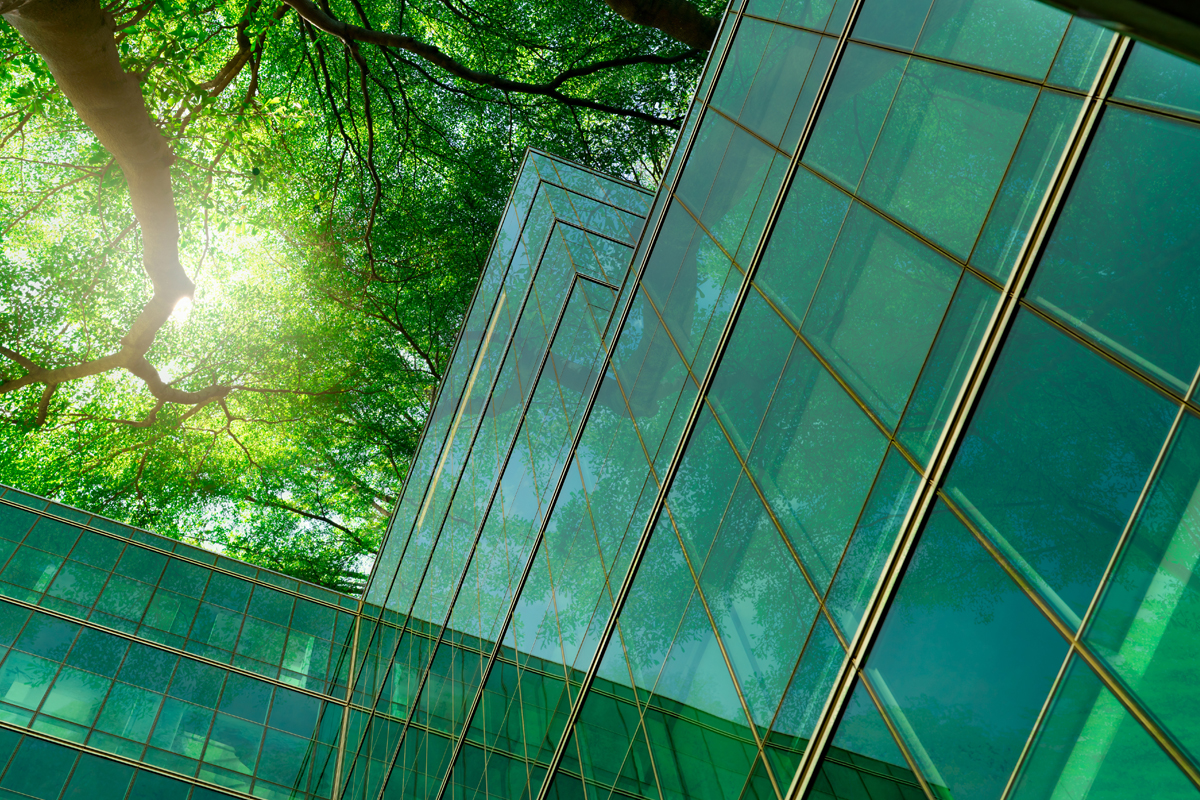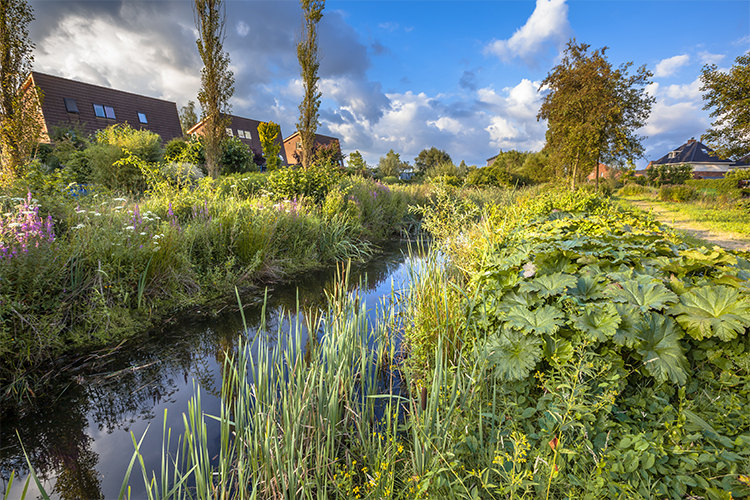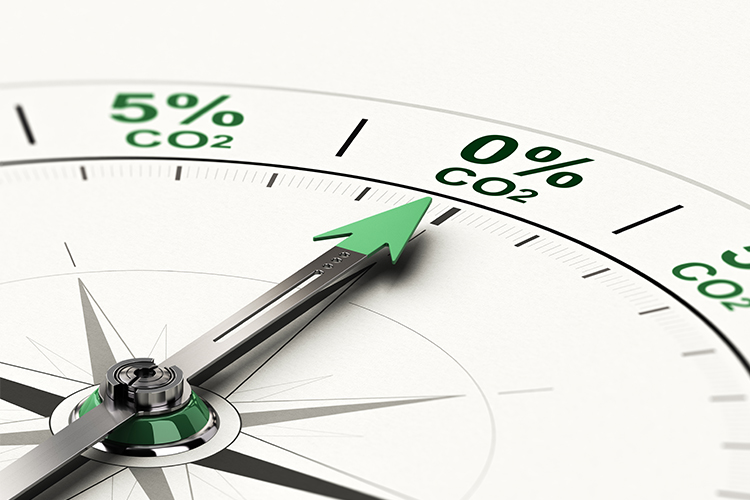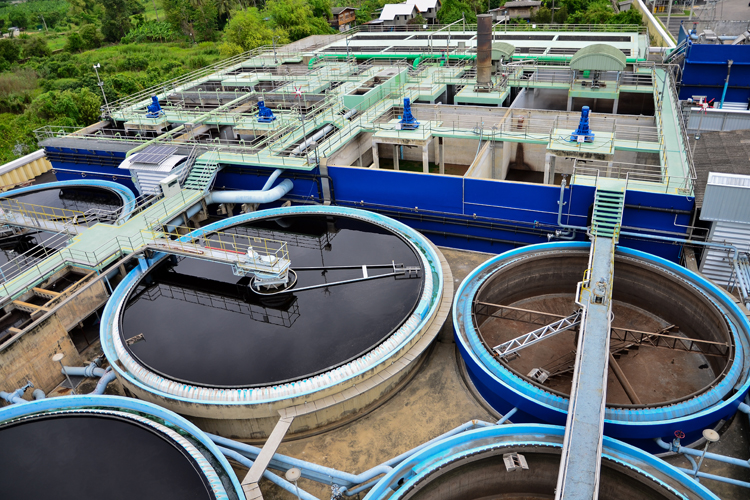Water Neutrality for Sustainable Developments
13 April 2021
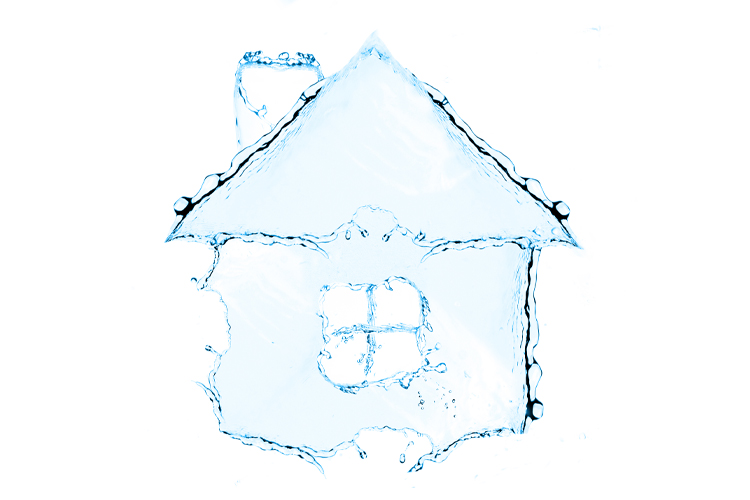
Conservation professionals and sustainability technologists have been discussing carbon neutrality for a while. Now the use of water is increasingly becoming an important environmental issue, in terms of how do we create water neutrality for sustainable developments.
The term “Water Neutrality” was coined to indicate the need to reduce the overall water consumption and demand on our natural water resource.
Water Neutrality in terms of developments is explained as, “for every new development, the predicted increase in total water demand in the region due to the development should be offset by reducing demand in the existing community” (Environment Agency, 2009).
Water neutrality for sustainable developments is a concept aimed at achieving a balance between water use and water conservation in urban and industrial projects. The goal is to ensure that the water consumed or withdrawn by a development is offset by actions that conserve or enhance water resources elsewhere. Water neutrality goes beyond simple water efficiency measures and incorporates strategies such as rainwater harvesting, wastewater recycling, and restoration of natural water systems.
Water neutrality not only helps to conserve water resources but also offers several benefits. By reducing water consumption and promoting responsible water management, it minimizes the strain on local water sources and reduces the need for costly infrastructure expansions. It also contributes to climate resilience by enhancing water availability and reducing vulnerability to water scarcity or drought.
This article explores the issue of Water Neutrality, why its important and what we as engineers can do.

